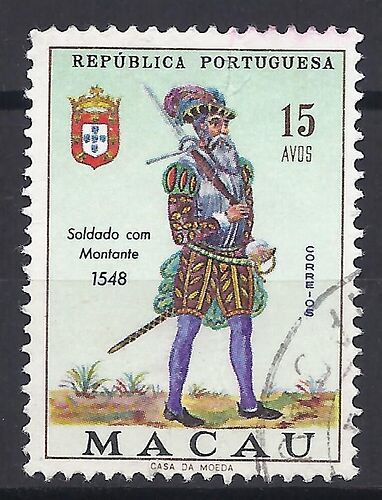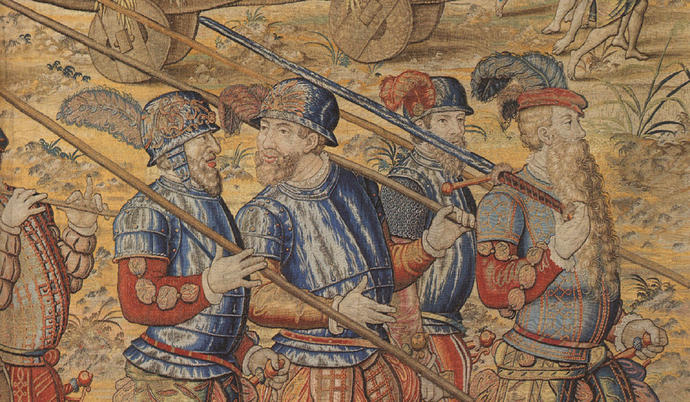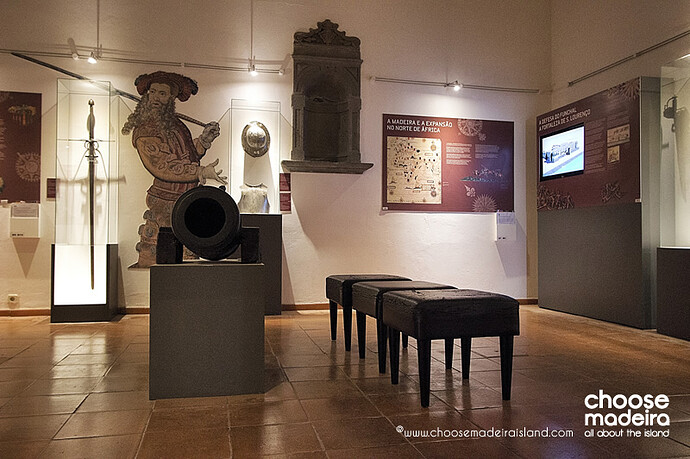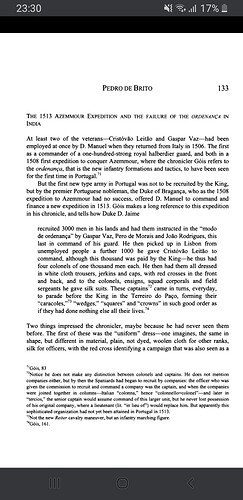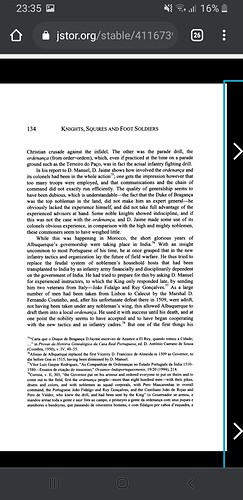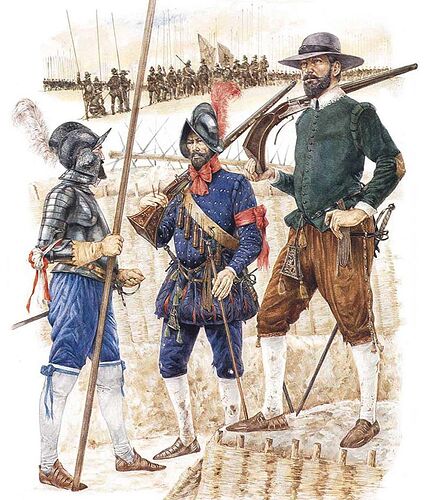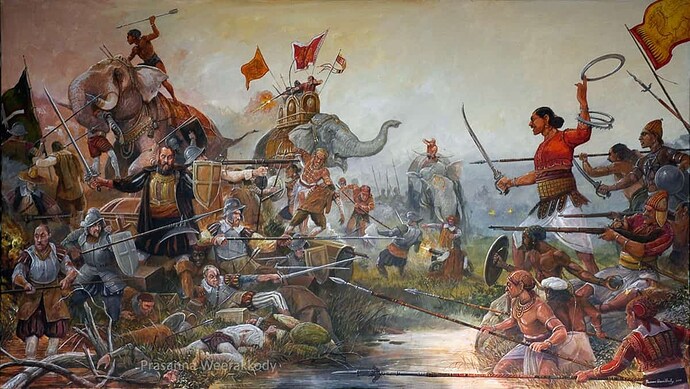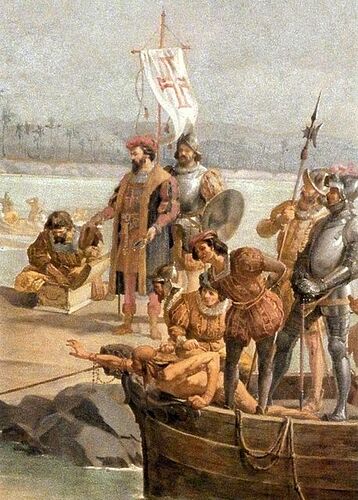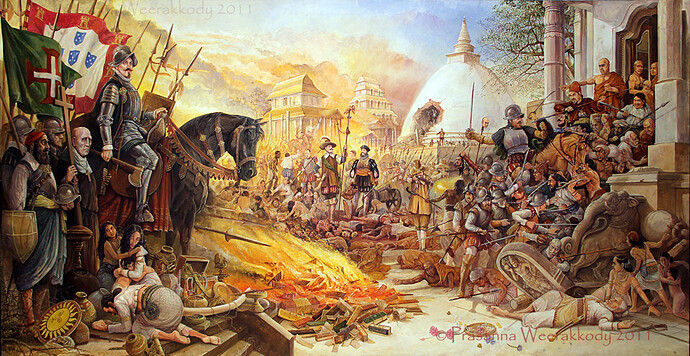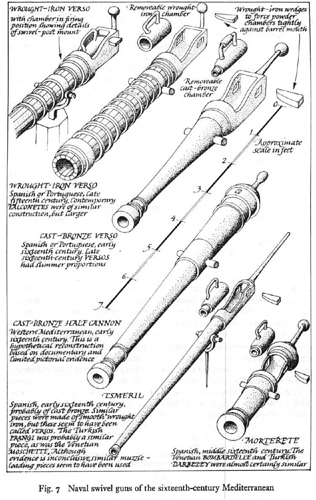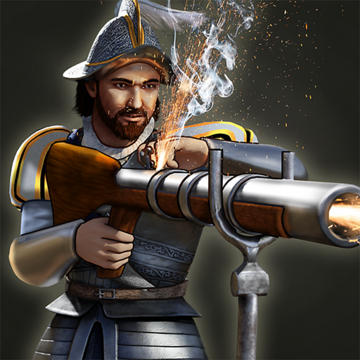With the historical referencing done on the native civs, it would be a good chance to revise some of the European ones, in this instance Portugal.
Without further ado I shall start with the Explorer.
The Portuguese Explorer should not use a ranged weapon, in fact most Portuguese Explorers and Navigators were members of the Order of Christ and Santiago (Portuguese Branch), which was under royal power, like Vasco da Gama, Afonso Albuquerque, Francisco de Almeida, just to mention a few famous ones.
But what does this mean?
Well the King had at his disposal military leadership to serve overseas under direct orders of the crown.
"From the mid-15th century onwards, the lower and middle-ranking leadership of Portuguese expeditions and of the resulting overseas outposts were the fidalgos – gentlemen descended from the old knightly class. The importance of such men was highlighted by Azurara (Gomes Eanes de Zurara) during the second half of the 15th century. His Chronicle of the King Dom João I described the force assembled to attack Ceuta, the most enthusiastic being younger men who ‘ardently desired to acquire the merits of those who had given them life [their fathers], and following their example, to furnish proofs of their courage and loyalty’.
“Success led to a rapid expansion of a class known as the ‘nobility of service’, so that by the 16th century numerous fidalgos from minor and often poor aristocratic families would hang around the royal court, eager for a chance to show their worth. Consequently, the Portuguese government was able to employ large numbers in its armadas and overseas captaincies, their exploits filling the 16th century chronicles and literature.”
Nicolle ill. Embleton 2012 p13-14
So now that we established that leadership was from Nobility let’s look at their conduct:
- Crowley 2015 p228
“The military code of the fidalgos valued heroic personal deeds over tactics, the taking of booty and prizes over the achievement of strategic objectives. Men-at-arms were tied by personal and economic loyalties to their aristocratic leaders rather than to an overall commander. Victories were gained by acts of individual valor rather than rational planning. The Portuguese fought with a ferocity that stunned the peoples of the Indian Ocean, but their methods were medieval and chaotic and, not infrequently, suicidal.”
The historian João de Barros summarized its consequences for captains and commanders: ‘that in decisions about whether to fight … so that honorable deeds may be done, even if dangerous, they must not raise objections based on the personal safety of their lives.’ Henceforward prudence was impossible. No one felt able to refuse an engagement, however rash, without accusations of cowardice. Only bravery of the most explicit kind would suffice. The honor code of the fidalgos was accentuated to the extent of an emphasis on hand-to-hand combat over the distant destruction of cannon fire."
Crowley 2015 p278 (describing fidalgos at Goa, 1512)
“[T]he nobles wished to wield their enormous two-handed swords in heroic single combat, winning booty and polishing their reputations…”
Fidalgos who were nobles, clad head to toe in an expensive full set of armour, always at the top commanding positions, and also formed the veritable “spearhead” of assaults. Most notably, they wielded some scary two-handed swords the Portuguese called montante which in the right hands was capable of cutting an un-armoured person (arguably the most common kind of foe the Portuguese faced in the east) in half, if the chronicles are to be trusted. But because they were nobles, they weren’t bound to any kind of uniformity when it came to arms or armour, so it varied; they also used shields, broad swords and halberds. Rather uniquely, these nobles were accompanied into the heat of the fray by personal servants who would carry their weapons and fight alongside them.
As we can see they were military leaders, fighting at the front lines, heavily armoured and with a variety of melee weapons, not ranged, trying to gain fame and glory.
Now talking about Nobility another things that needs changing is the Order of Tower and Sword church tech.
The order was originally created by King Afonso V of Portugal in 1459, under the name of the Order of the Sword , inspired by the legend that Arab rule in Africa would end when a Christian prince would besiege the fortress at Fez. Knighthood in the Order of the Sword was given as reward to those who participated in the conquests and battles in Africa. The order fell into disuse after the conquest of Tangiers and Asilah.
So by the game timeline the order was irrelevant.
I would suggest using the Order of Christ or Santiago as they were instrumental in the expansion of the Portuguese Empire, and change the card from Black Riders to Elmeti, again close combat, and as members of the Order would be fidalgos, the same concept applies.
Even with the advent of gunpowder warfare Portuguese Fidalgos maintained the illusion that a heavily armoured knight was still the best warrior on the battlefield and that a pikeman or arquebusier were little better than medieval farmlands with spear and scythe. Pedro Brito p119
It is also my opinion that the Portuguese should have Halberdiers on the commerce age, and be able to train them to royal guard.
I’ll let the 2 pages speak for themselves.
Moving to mercenaries, I would remove the mameluks and the barbarian corsairs from portugal.
First of all the Mameluks where the main enemies of Portugal in the east, and barbary corsair in the Atlantic front near the metropolitan area. They make no sense historically to be mercenaries for Portugal.
Asian Mercenaries would make more sense as a replacement.
Commerce age Musketers should have a morion in the model and a breastplate.
On the artillery side Portugal should definitively have falconets, and drop the organ gun that was a bit made up.
Here is a page with a few good examples of Portuguese Cannons. You wont see an Organ Gun there:
http://silverhawkauthor.com/artillery-portugal-1-museu-militar-de-lisboa-portuguese-army-military-museum-of-lisbon_920.html
Also changing the name of Cassador to correct Portuguese Caçador.
Enconmienda Manor (spanish) to Fazenda Manor (Portuguese)
And Jinetes (spanish) to Ginetes Portuguese.
The Native American Historical Referencing was a good initiative, that can also be applied for Portugal.
Source:
Conquerors: How Portugal forged the First Global Empire
Crowley
Knights, Squires and Foot Soldiers in Portugal during the Sixteenth-Century Military Revolution
Pedro de Brito
Portuguese Sea Battles Volume I and II.
Saturnino Monteiro
The Portuguese in the Age of Discovery 1340-1665
David Nicolle
